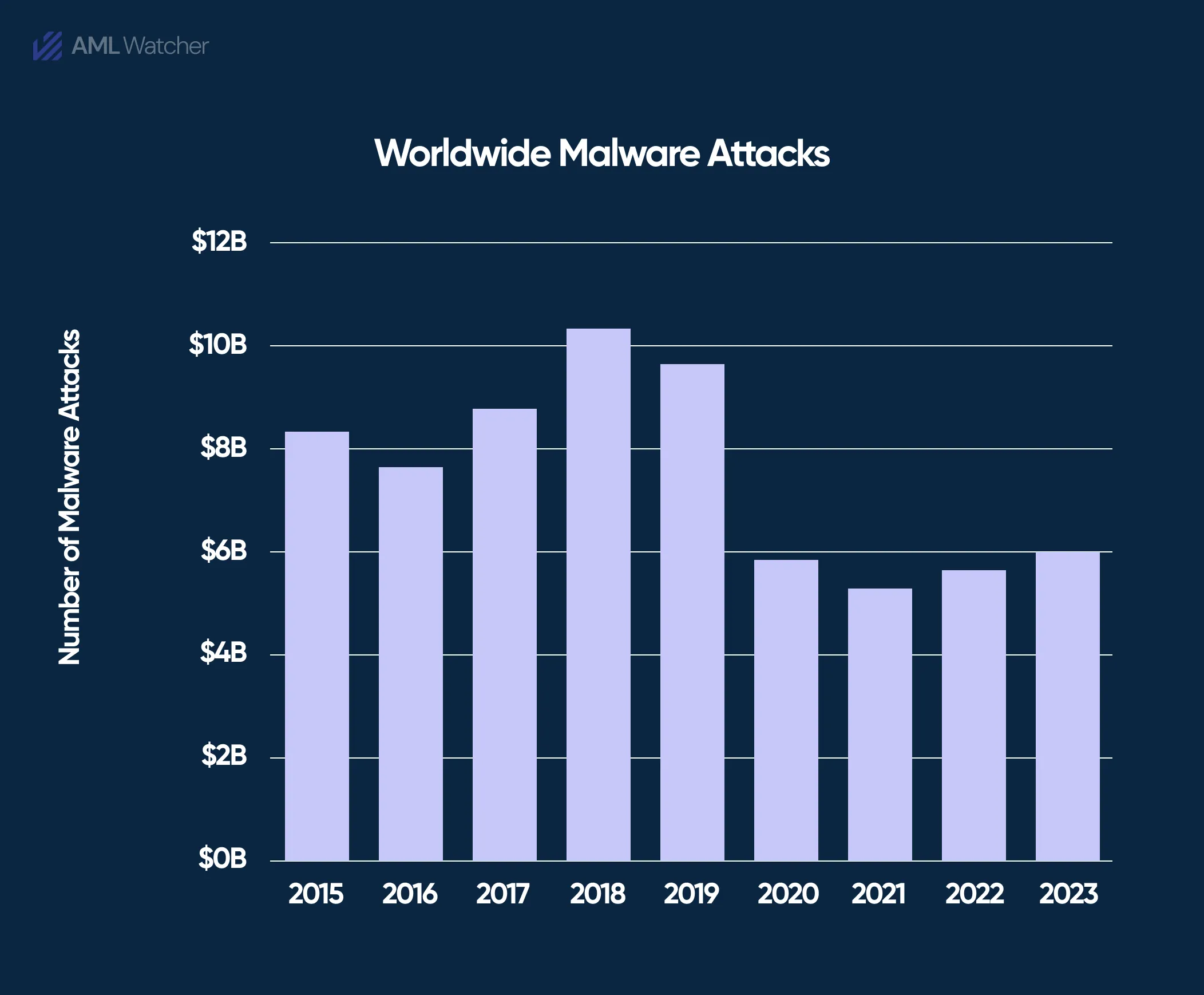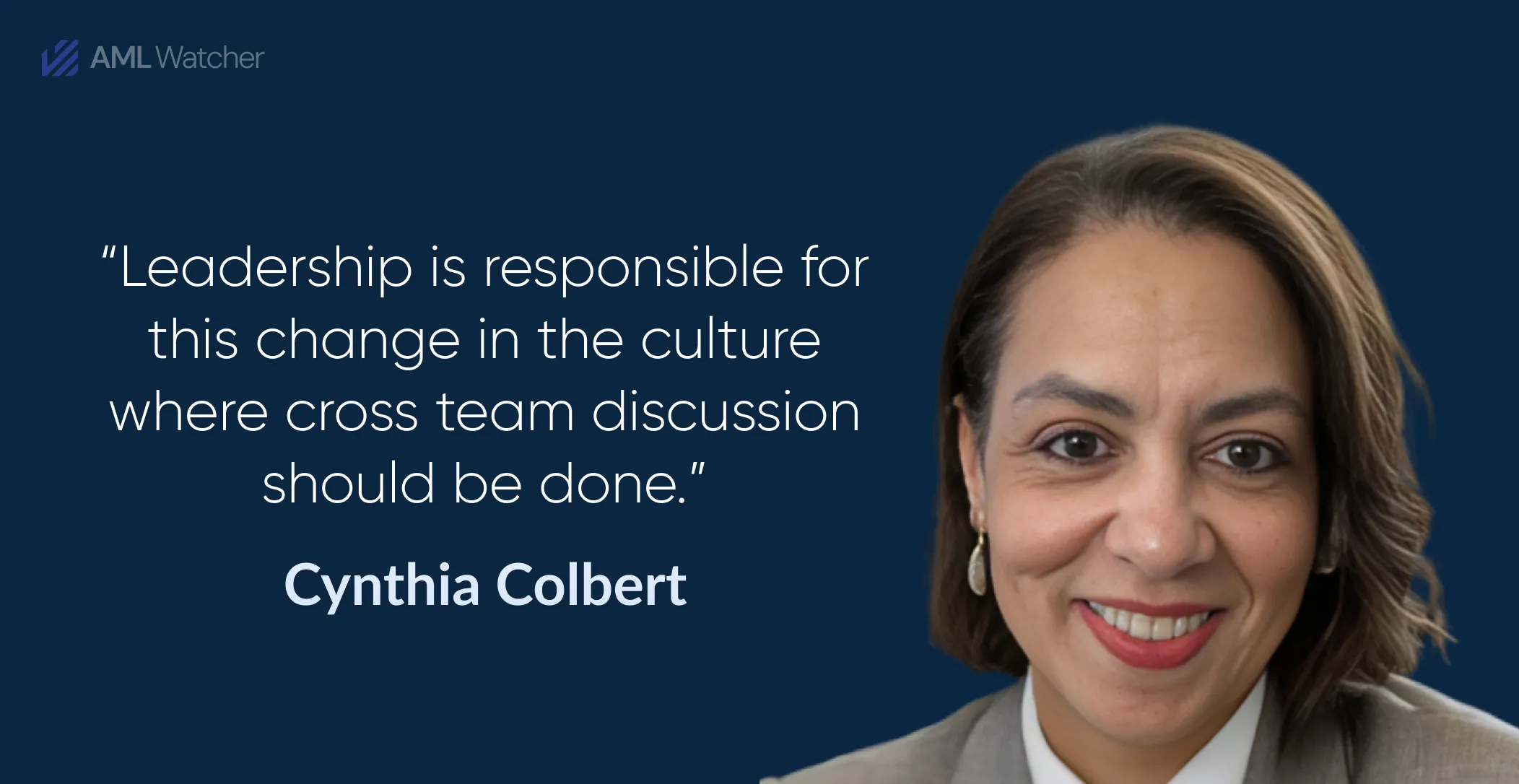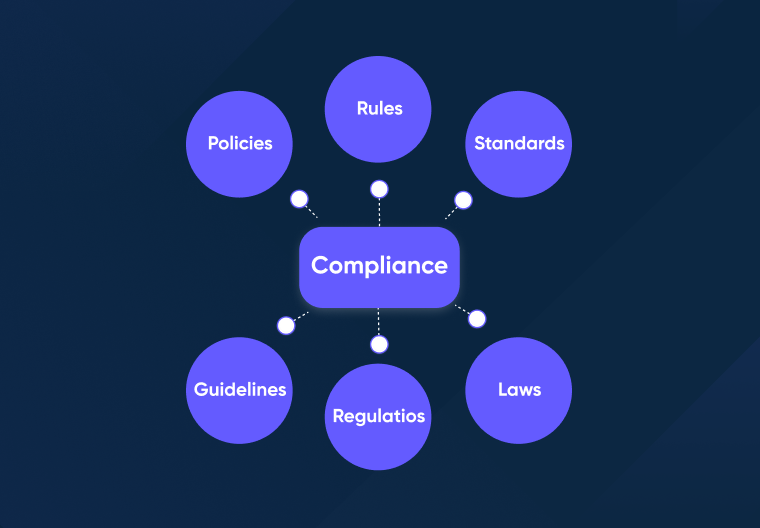
How to Prevent Online Attacks as a Vector for Money Laundering?
Are financial institutions doing enough to protect their customers, especially as new threats evolve at an unprecedented pace?
From the gaps in fraud detection to the lack of cohesion among teams, there are many pressing questions that remain unanswered.
So in this blog, we will look into critical concerns, exploring how criminals are exploiting current weaknesses, the role of financial institutions, and how the future of fraud and AML prevention hinges on more integrated solutions.
The upcoming discussion revolves around these key questions:
- Are ways of money laundering getting more sophisticated and targeting more vulnerable people ?
- Older individuals often have long-standing bank account histories, which plays an important role in money laundering schemes so where do the financial obligations actually lie?
- Are people truly protected from money laundering threats, or are launderers still finding ways to breach the system?
- Banks and other financial institutions ask questions about the source of the money but are banks doing anything more than simply tracking the source of money?
- Large-scale e-commerce platforms process massive transaction volumes daily across multiple systems. How do teams collaborate to integrate advanced AML tools and safeguard against online threats?
Before getting into the details, let’s have a look into the adversity of the cyberattacks.
Forbes has recently published in a report where it is stated that ‘’Malware attacks rose by 71% between 2016 and 2021. Ransomware attacks rose by 74% between 2023 and 2022. At any given time, 4.1 million sites are infected with malware.’’
This webinar was hosted by AML Watcher, featured Oonagh van den Berg as the spokesperson, focusing on the topic “Addressing Online Attacks as a Vector for Money Laundering.” The session also welcomed two expert guests:
- Cynthia Colbert, Global Sr. Manager, Partner Development, Security, GPSI at Amazon Web Services (AWS)
- Kennedy Meda, Fraud Prevention Manager, SME at Deseret First Credit Union.
Are the ways of money laundering getting more sophisticated and targeting vulnerable people ?
There have been numerous cases where fraudsters are successfully bypassing traditional checks, raising concerns about the effectiveness of existing financial controls. To talk about such challenges and how to mitigate them, AML watcher invited Kennedy Meda , fraud professional with the experience of one whole decade.
In response to the question, she mentioned that there are people posting on social media asking randomly about particular bank accounts e.g well fargo account, navy federal account.
And people are actually responding back that they have required a bank account plus they mention its age of the account to make it look more reliable.
Scammers clearly mention the purpose that they will be using the account to move money from them and in return the user will be getting their decided cut. Aged accounts get used in this scheme to make it go unnoticed.
Romance scams have also become quite prevalent as there are many individuals struggling to distinguish between genuine relationships and fraudulent schemes.
In these cases, scammers often manipulate emotions which lead victims to unknowingly participate in financial fraud over time.
Here comes a useful tip to avoid falling prey to such schemes is to perform a simple reverse image search which can often reveal whether the person you are interacting with is genuine or not.
Becky Homes, who is a blogger, shared her personal experience during the COVID-19 pandemic, when she received numerous messages on Twitter from individuals posing as actors and notable public figures. This highlights how convincing these scams can appear to be.
There is a sudden emergence of WhatsApp as a popular platform for such scams where individuals receive unsolicited texts and emails without realizing they are being targeted.
Older and isolated individuals are particularly vulnerable in the FinTech industry as these people respond to such scams due to feelings of loneliness. Scammers exploit the vulnerability of these victims and use their accounts to launder money without detection.
This challenge can be mitigated with awareness among people in order to combat these fraudulent activities.
Now here is the interesting part!
Older individuals often have long-standing bank account histories, which plays an important role in money laundering schemes so where do the financial obligations actually lie?
Fraudulent people are really smart enough that they have got the command of the security alerts and other transaction monitoring tools as well which might alarm the financial institution about money being laundered there.
One of the key elements that helps in knowing the customer deeply is not KYC but transaction history. The main thing which actually proves to be very helpful is integrating the cybersecurity tool in AML .
Cynthia Colbert, working in cybersecurity at Amazon stated, such gaps can be filled by using AI as well but we are stuck on where financial institutions should start from. Here comes the interesting point where enhancement can be done and that is multi factor identification instead of single factor identification which can promise the security of the customer at the same time.
The feature of MXDR usd by multiple companies which helps in managing service that includes the capabilities of XDR with the added benefit of human expertise, providing continuous monitoring, analysis, and response by security professionals.
This feature helps to cover the threat of scam, enhance the result, detect patterns and prevent fraud quickly.
The basic motto of integration is to boost the element of protection, detection, response and recovery.
Then comes the role of customers. They also got a highlight where they are the prime factor to prevent scam by not responding to spam email and fishy schemes.
Banks also can help in 2FA which is supposed to be super promising but criminals get away with that too and this feature is just not enough.
Are people truly protected from money laundering threats, or are launderers still finding ways to breach the system?
Proper element of customer awareness is needed as they do not have any idea how phishing works and scammers trace their data from most used sites and companies like netflix.
Customers simply login in their wallet by one click and all of the details get traced by the scammers and then they use it illegally for their own personal benefits.
Cynthia put emphasis on the recommendation that it is highly recommended for customers to not to trust any person who they do not know, never met and do not have the guarantee of their character.
Another pattern of scammers come to notice that they send spam messages on whatsapp in different languages and trap people.
They translate messages by using google translator and do scam. Additionally, in order to improvise the element of awareness parents should teach children about financial literacy and small credit banks should take the initiative of providing awareness regarding financial issues in order to minimize the ratio of scam.
So it’s high time that credit banks should step forward and make an awareness regarding security breach, Kennedy recommended on the stated issue.
Why don’t there is not a holistic sustainability for the organization for the future while safeguarding the customer?
There are cases that whenever fraud happens it results in investigation and other related things get done.
Whereas additional elements of cross discussion should be done so that can be the big lead towards the innovation, figuring out the problem and its solution. These innovations get done by scammers and that’s why they are already doing great.
Adding to the discussion, Cynthia Colbert went straight to the fact that leadership is responsible for this change in the culture where cross team discussion should be done.
Hong Kong is following the pattern and they’re already doing great. Moreover, AI and cybersecurity collaboration can bring more positive and proactive change in the financial market.
Effective Strategies to Prevent Cyber Attacks
- Install a firewall
Installing a firewall is one of the most effective defenses against cyber attacks when it comes to combat with the increasing number of sophisticated data breaches emerging daily.
The function of a firewall can be described as the barrier, which blocks scammer attacks on your network or systems before any damage can be done.
- Restrict Access to Your Systems
Surprisingly, not all cyber threats are virtual but some can be done from physical access to your systems as well. It’s super important to control who can enter your workspace and interact with your system.
Hackers can plug an infected USB into one of your computers by having an access to your entire network or infecting it. Security always comes first so Implementing and controlling physical access is as important as protecting against digital threats.
- Up to date Software
There are many chances that your system might be vulnerable to cyber attack if it’s not updated. Once they infiltrate your network, it’s usually too late to act.
It’s important to implement a patch management system that ensures your software and systems are constantly updated in order to stay protected.
- Strong Passwords
Passwords play a key role in order to keep data protected. For instance if a hacker manages to crack your password, they could potentially gain access to your entire system and all the applications you are currently using.
This risk can be mitigated by setting up unique passwords for each application to significantly enhance your security. Regularly updating these passwords can help to further strengthen your defenses against both external and internal threats.
KEY TAKEAWAYS:
- Financial crimes are becoming more sophisticated, with scammers targeting vulnerable individuals, especially the elderly, through simpler yet highly effective methods like romance scams and social media schemes
- AI, machine learning, and cybersecurity tools are essential in enhancing fraud detection and AML practices. Multi-factor authentication (MFA) and advanced services like MXDR are crucial for identifying patterns and preventing scams quickly.
- The disconnect between fraud, AML, and cybersecurity teams hampers fraud prevention efforts. Strong cross-team communication and collaboration can foster innovation and lead to more effective fraud detection strategies.
- Educating customers about the risks of phishing, scams, and financial fraud is vital. Financial institutions must focus on raising awareness through proactive communication like newsletters and alerts to help customers protect themselves from scams.
Stream full watch to explore the depths of this debate.
We are here to consult you
Switch to AML Watcher today and reduce your current AML cost by 50% - no questions asked.
- Find right product and pricing for your business
- Get your current solution provider audit & minimise your changeover risk
- Gain expert insights with quick response time to your queries





